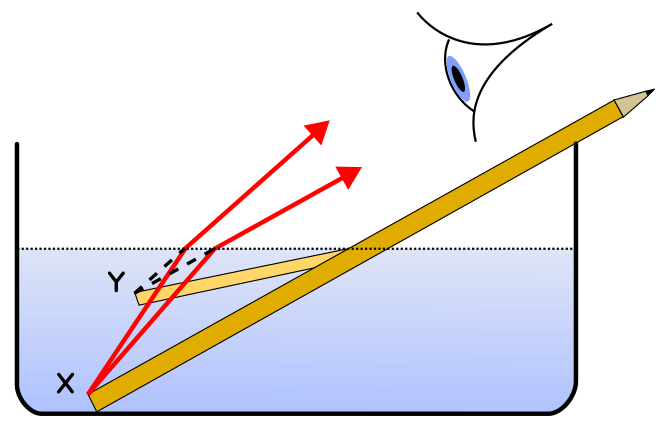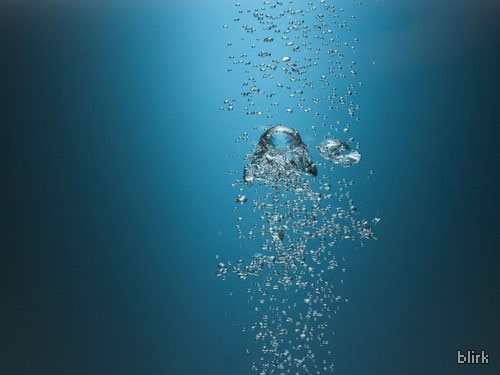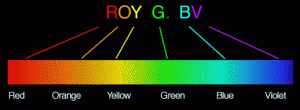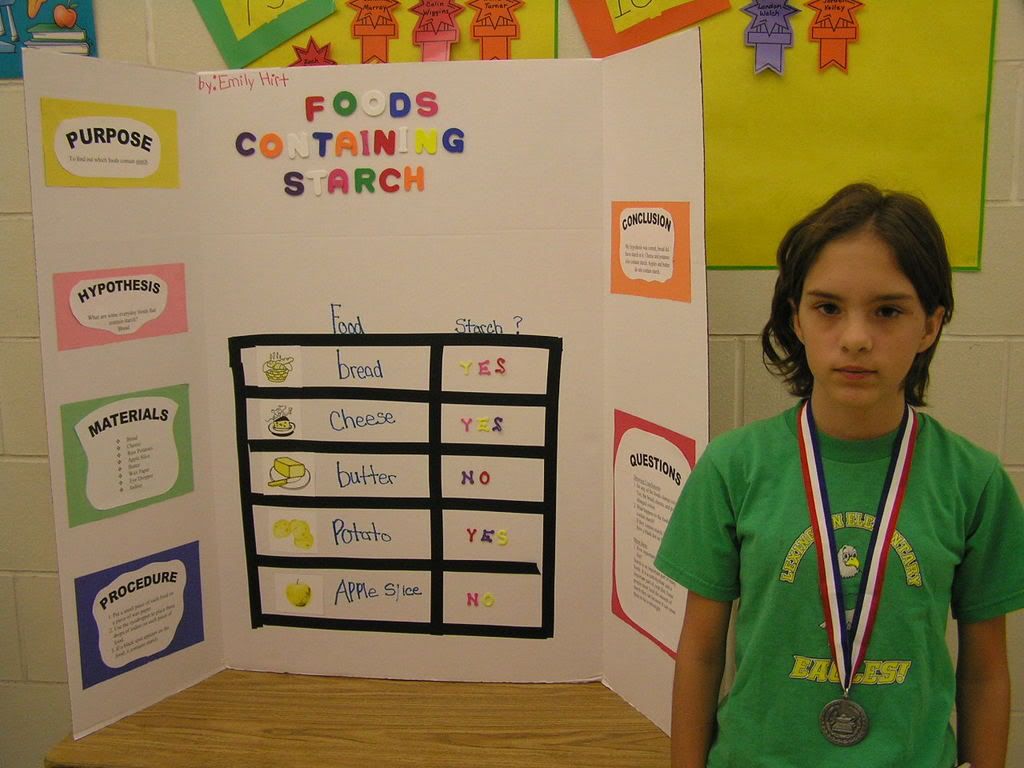Hiya, people. How're you? Me, I'm fine. We have the standardized testing next week, so not great, but dealing with it. So, what d'you think this topic is about? If you think it's about death, stop being so morbid. It has nothing to do with that. Well, sorta. If you guess light, congratulations. That's correct. We're going to be talking a bit about light, along with colors. Colors, to me, are extremely interesting. What is it that makes our eyes see colors? What if you couldn't? What if the whole world was bleached of colors? What if there was no light? Well, first, we probably wouldn't be alive, but still. Can you just imagine? Take a moment and do that. Just imagine there's no light. You wouldn't be able to see anything. We just all take light for granted. Light simply fascinates me, and I can't wait to learn more about it, so, c'mon, let's get started!
absorb the light, reflect it, or transmit it, or they can do any combination of them depending on the chemical and physical properties of the matter, as well as the wavelength, frequency, intensity, etc., of the light wave. I think we all know what absorb means, as well as the definition of reflect, but in case you don't: If you're underground, say, in a mine, and you have a candle or flashlight, looking for abandoned miners, and your source of light went out, you wouldn't be able to see. Your eyes wouldn't even adjust like they so normally do. If you've ever been to Dialogue in the Dark, you know how disconcerting it is, how odd it feels. You're just wandering around blindly, hoping your feet are smart enough not to run into anything and trip you. The reason you can't see or your eyes don't adjust is because there's no light for your eyes to detect. Light is electromagnetic radiation that you can see. Again, electromagnetic radiation can't always decide what to be: waves or particles called photons. Photons are particles of electromagnetic radiation, and the frequency of a light wave actually relies on the amount of energy carried by a photon.

So, what do you think are some sources of light? There are many, whether natural and artificial. The sun if one, of course, which includes sunset and sunrise. The corona of the sun is also a source of light, as is starlight, fire, lightning, meteors, supernovas, candles, lamps, lasers, explosions, etcetera. The moon is not a natural source of energy; it simply reflects light from the sun. The light waves from these sources origins of light transport energy from the original source to its surroundings, which, of course, is why we can see. But how does the light travel? I mean, if it didn't travel in the first place, we wouldn't be able to see. If you've read my other blogs, you'd know that light can travel through a medium, but it doesn't necessarily need matter to move through. It can travel through empty space, which we should be grateful for, because then there'd be light from the sun so we could see. Usually, light travels very fast. If it's not restricted, then it can travel up to 300,000 kilometer per second. Light from the sun takes around eight and a half minutes to reach us.
FUN FACT: Deep, deep, deep into the ocean, where the sun's light cannot penetrate, there are living organisms. Some of these organisims create their own natural light to make up for the lack of sunlight. One of these fish is called the angler fish.

Light waves can be big or small. What size it is depends on what type of light wave and what color it is. Some are small, and they sorta look like straight lines. But light only moves in a straight lines when it's not going through matter, so you won't see light in a straight line. Poor you....you see, I'm secretly an alien, so I have seen light in a straight lines. My hair is shaped the way it is because that's the only way I can communicate with the mother ship....hehehehehahahaha, I crack myself up. Moving on....Okay, so you know that light waves can travel through mediums, but did you know that
passing through matter alters the speed and the direction of light waves? When it passes through water....AWP! It slows down! That's why pencils look cut in half or bent when they're in a glass of water. Light can only go to its maximum speed when there's nothing to deter it from its path. So when the light is traveling from the sun to earth, it's going as fast as it can possibly go...I'd hate to be in a triathalon with that thing.


So, what do you think are some sources of light? There are many, whether natural and artificial. The sun if one, of course, which includes sunset and sunrise. The corona of the sun is also a source of light, as is starlight, fire, lightning, meteors, supernovas, candles, lamps, lasers, explosions, etcetera. The moon is not a natural source of energy; it simply reflects light from the sun. The light waves from these sources origins of light transport energy from the original source to its surroundings, which, of course, is why we can see. But how does the light travel? I mean, if it didn't travel in the first place, we wouldn't be able to see. If you've read my other blogs, you'd know that light can travel through a medium, but it doesn't necessarily need matter to move through. It can travel through empty space, which we should be grateful for, because then there'd be light from the sun so we could see. Usually, light travels very fast. If it's not restricted, then it can travel up to 300,000 kilometer per second. Light from the sun takes around eight and a half minutes to reach us.
FUN FACT: Deep, deep, deep into the ocean, where the sun's light cannot penetrate, there are living organisms. Some of these organisims create their own natural light to make up for the lack of sunlight. One of these fish is called the angler fish.

Light waves can be big or small. What size it is depends on what type of light wave and what color it is. Some are small, and they sorta look like straight lines. But light only moves in a straight lines when it's not going through matter, so you won't see light in a straight line. Poor you....you see, I'm secretly an alien, so I have seen light in a straight lines. My hair is shaped the way it is because that's the only way I can communicate with the mother ship....hehehehehahahaha, I crack myself up. Moving on....Okay, so you know that light waves can travel through mediums, but did you know that
passing through matter alters the speed and the direction of light waves? When it passes through water....AWP! It slows down! That's why pencils look cut in half or bent when they're in a glass of water. Light can only go to its maximum speed when there's nothing to deter it from its path. So when the light is traveling from the sun to earth, it's going as fast as it can possibly go...I'd hate to be in a triathalon with that thing.

- Absorb: to take in
- Reflect: to throw or bend back from a surface
- Transmit: to send from one person, place, or thing to another, to pass on, to spread

More vocabulary in the form of transparent, translucent, and opaque objects. Now, an object or material transmits light when it lets light pass through (May I move forward, good sir? Of course, good chap, carry on.) Transparent materials let all the light pass through so we can see what's on the other side clearly now, the rain is gone. Example of transparent things are water, glass, and air.
 |
| Window! Cat can see other cat because the window is transparent! |
Translucent materials, however, scatter light that travels through them, so that you can see what's on the other side, but you can't see it clearly or make out details. (Who's there? Are you a man? No, I'm a muppet. So you're a muppet of a man? I don't know, the window is translucent.) Som examples of translucent materials are frosted glass, some types of plastic, and wax paper.

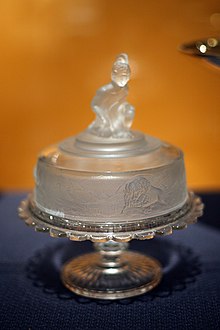
Opaque are materials that reflect or absorb light. These types of materials don't allow any light to pass through so it's impossible to see what's on the other side. (*horror film*Who's there? I can't see you, the wall is in my way...quiet breathing. Is anyone there? Yeah, I'm in the kitchen. Want a sandwitch?) Some examples of opaue materials are metal, wood, and any other object that won't let light pass through.

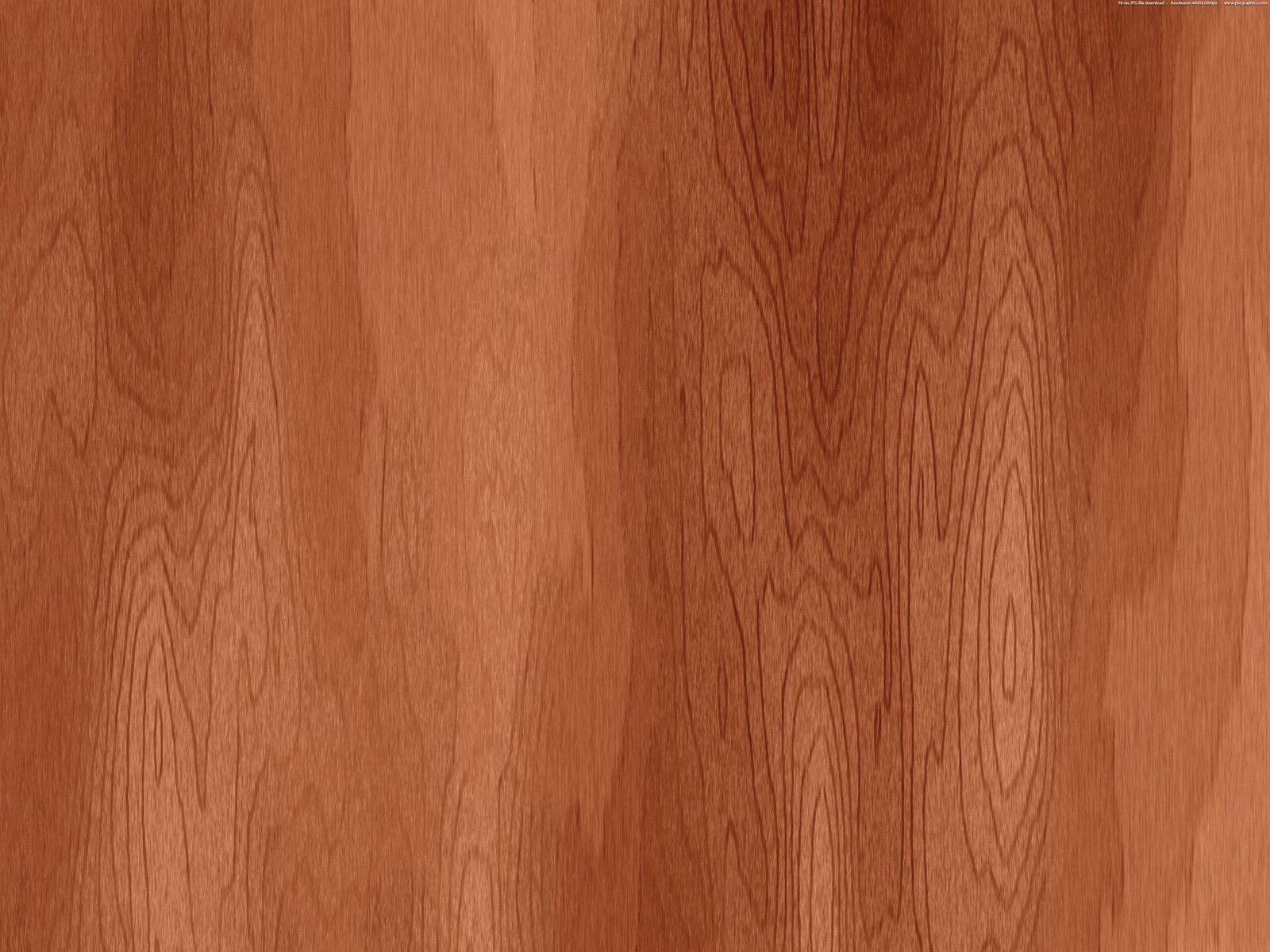
Now for my favorite part! Why do you think objects appear to have different colors? C'mon, guess, guess, guess! No? Fine! I'd love to fo this part, anyway. Okay, so you're outside and you look up and you see blue: the sky. You look down to see green or brown: grass, dirt, mulch, or pine straw. You may see the flash of yellow or red from a bird, and see the pink and purple of a shirt. You may see the orange of a fire, the grey of cement, the black of smoke. What you may not know is that all of those things absorb all colors of light. First, before we get in too deep with color, we need to know about the electromagnetic spectrum!


- Red
- Orange
- Yellow
- Green
- Blue
- Indigo
- Violet

Though people can see thousands of colors, most just stick with those colors to make things easy. Anyway, all of the colors of visible light all combine to make white light. Light looks white to us, but it's really a bunch of colors. Things look like different colors because things absorb different light energy. The grass looks green because it absorbs the red, orange, yellow, blue, indigo, and violet waves, but reflects the green waves, which then hits our eyes and causes us to think that grass is green. This would be ROY BIV, since the green is reflected, not absorbed. It's the same thing with the color of the shirt you're wearing. I'm wearing a red shirt, and this happens because the shirt absorbs the orange, yellow, blue, undigo, and violet light waves, but reflect the red waves. So it'd be OY G BIV, I s'pose....
ANOTHER FUN FACT: Go to Google Images, and look up Jupiter. What you see is a full color picture. But I bet you didn't know that that those pictures are in false color. The colors were chosen to stress the cloud structure on the banded planet. So Jupiter most probably wouldn't look like that to you.


Almost any color can be made by mixing the three primary colors of light: red, green, and blue. When the colors overlap, they make new colors of light. For example, your brain thinks of red and green waves mixed together as yellow. But that's only to mix the colors of light. The pigments that are used in pain can be used to make colors as well. However, mixing paint is different than mixing light. The three primary pigment colors are cyan, yellow, and magenta. Yellow pigments absorb blue light, but reflects green and red light. So your brain sees yellow! If you mix all of the primary pigment colors, you'll get black. Mix all the primary colors of light, you'll get white.
And, that's all, folks! I really hope you enjoyed my blog, or at least learned something. Color was interesting, was it not? That's what I thought. It was interesting. As was the rest of light. I mean, come on, light is life! Literally! So, yes, my classmate's blogs are down below, and so is the link to a video of charlieissocoollike's, who SuperSara really seems to like. I can't put the actual video because my blog is stupid. Also, as always, there will be links in case you want to learn more. So, thanks for reading, and peace out!
SuperSara's Blog
Katie's Blog
Logan's Blog
Good Informative Website
Good Website For Info
A Website With Quiz At The End: I Expect All Of You To Ace This
charlieissocoollike: Lights


